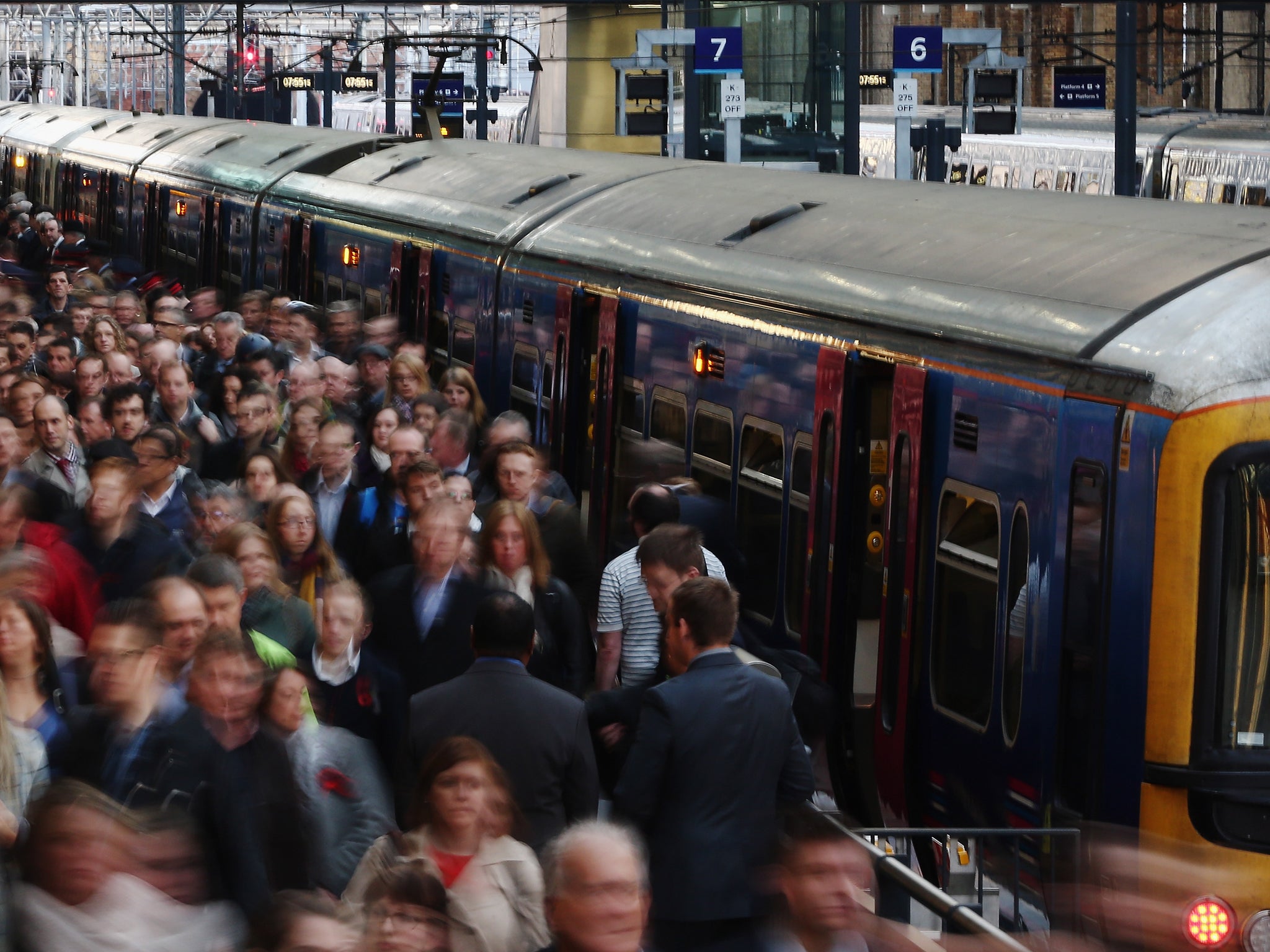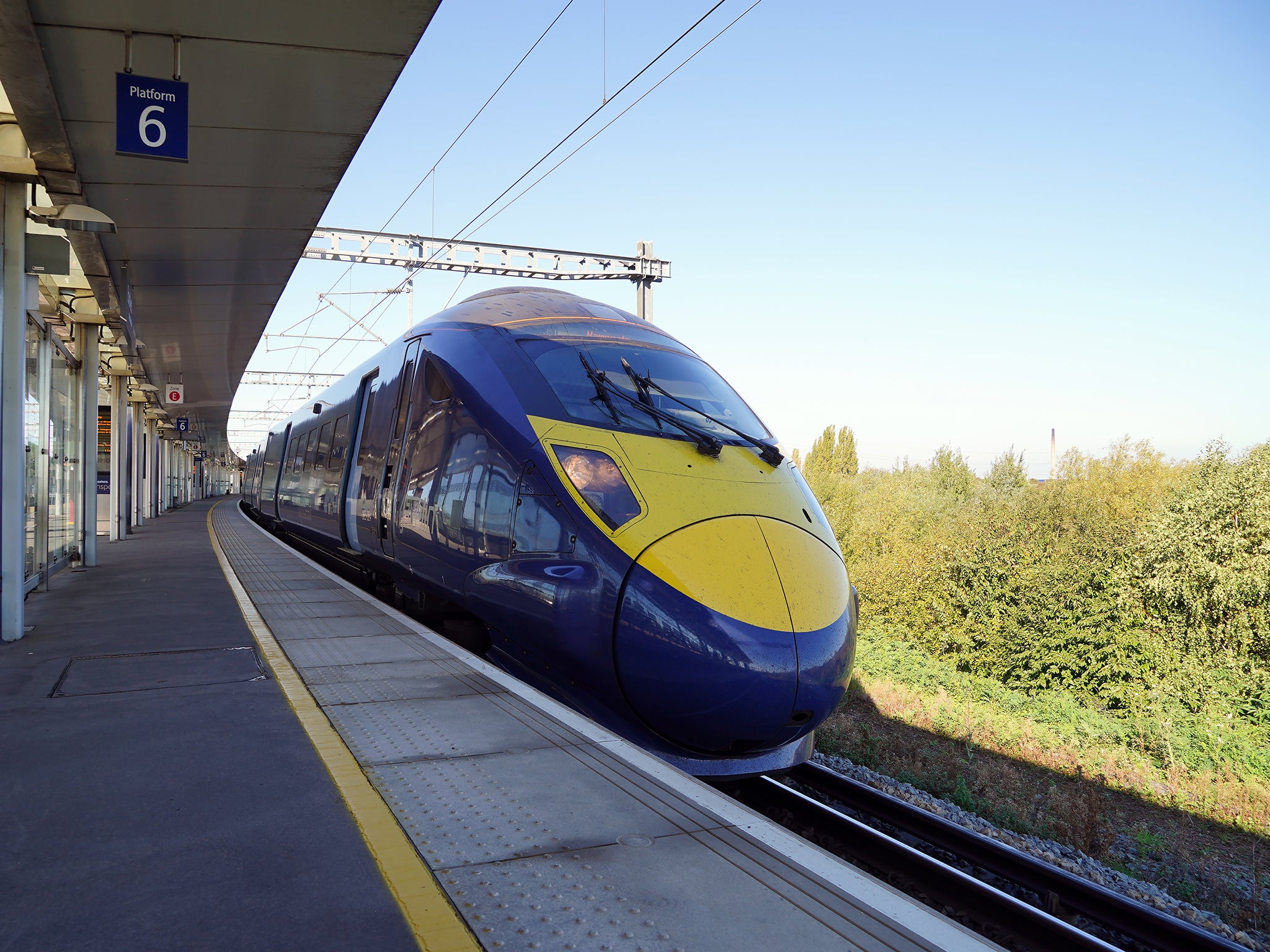The impact of transport on climate is more complicated than it seems
The UK wants to end global carbon emissions by 2050. This will never happen until our government reassesses the lasting effects of how we travel, says Laurie Wright

Your support helps us to tell the story
From reproductive rights to climate change to Big Tech, The Independent is on the ground when the story is developing. Whether it's investigating the financials of Elon Musk's pro-Trump PAC or producing our latest documentary, 'The A Word', which shines a light on the American women fighting for reproductive rights, we know how important it is to parse out the facts from the messaging.
At such a critical moment in US history, we need reporters on the ground. Your donation allows us to keep sending journalists to speak to both sides of the story.
The Independent is trusted by Americans across the entire political spectrum. And unlike many other quality news outlets, we choose not to lock Americans out of our reporting and analysis with paywalls. We believe quality journalism should be available to everyone, paid for by those who can afford it.
Your support makes all the difference.The 2020s will have to involve some very big decisions about transport – the UK’s most polluting sector. The government’s response so far has been erratic, choosing to intervene to prevent the collapse of Flybe (Europe’s biggest regional airline) and give the green light for the high-speed rail project, HS2.
Decarbonising transport would eliminate 26 per cent of UK CO₂ emissions that come from how people get around, but Boris Johnson recently said that doing this poses “difficult and complicated” questions. On this, Johnson is almost certainly right.
The gilets jaunes protests against fuel duty rises in France show the delicate balancing act between decisive climate action and continued economic growth and convenience. But shouldn’t the government allow a regional flight operator to fail and invest in high-speed rail instead? The answer is not so simple.
Carbon footprints can be misleading
Aviation is one of the fastest growing fossil fuel consumers, with airlines contributing about 3.5 per cent of all man-made greenhouse gas emissions. This might seem small, but a single transatlantic flight from London to New York can grow your personal carbon footprint by as much as the entire heating budget of the average European.
At high altitudes, contrails – the white lines we see in the sky – are formed in the wake of aircraft. These high altitude clouds are too thin to reflect much sunlight, but the ice crystals inside them can trap heat. Unlike low-level cloud, which has a net cooling effect, contrails contribute significantly to global warming, effectively boosting the aviation industry’s share of greenhouse gas emissions to around 4.9 per cent.
For the most part, the environmental benefit of high-speed rail is taken for granted. Most, but not all, research suggests that high-speed rail can offset emissions from aviation if it can attract enough passengers from alternative air routes. But the relative climate impacts of aviation to other modes of transport depend on more than just engines and altitude.
We can compare the emissions of different forms of transport by calculating the emissions produced by each one when moving one passenger one kilometre. This effectively compares how much CO₂ leaves each vehicle’s exhaust, but it ignores greenhouse gas emissions from the building and maintenance of the vehicles, the infrastructure – such as tracks, runways and airports – and the production of fuel.
The warming effects of different greenhouse gases happen over different time periods, from a few days of short intensive warming to centuries of gentle influence. In order to provide a common unit to measure the impact of different gases, warming effects are standardised over a given time period. The time period normally used is 100 years.
All modes of high-speed travel come with a cost to the environment
But if it were five years, the effect of contrails would account for more global warming than all the cars in the world. They raise the temperature of the atmosphere in short, intense bursts. On longer timescales, like 20 years, the short term effects are less important and make aviation look considerably better – with flying looking potentially less damaging than some cars over the same distance.
This is still not the whole story though, as the energy inputs for different modes of travel vary. The direct burning of some fossil fuels in engines emits greenhouse gases. In electrically powered high-speed rail, operating the train produces no emissions, except from the fossil fuels used to generate that electricity elsewhere.
Developing HS2 will mean deploying stations, tracks and centres of communication, and they’ll need ongoing maintenance. These all need energy and material investments, which will create further greenhouse gas emissions through manufacture, transport, and use. That could increase the carbon footprint of rail by between 1.8 and 2.5 times, over just accounting for the operation of the trains. For aviation, the same infrastructure requirements are relatively small, and are responsible for a 1.2-1.3 increase, with road transport showing a 1.4-1.6 increase.

Comparing life cycles
A life cycle approach gives a better understanding of where emissions are occurring and compares transport modes on a much more level playing field. This helps us understand that most greenhouse gas emissions in air and road travel come from flying and driving, whereas in rail travel, the climate effects are dominated by those emissions produced building the infrastructure itself. Emissions from operating trains are generally lower because of the heavy reliance on electricity. But there are still emissions from the manufacture and maintenance of renewable energy technologies to consider.
All modes of high-speed travel come with a cost to the environment. Being able to accurately compare the energy requirements and emissions of different transport options is the first step towards addressing their climate impact.
Governments often try to encourage people to change their behaviour and reduce the number of flights they take. But in the case of HS2, the continued availability of regional flights means that only 4 per cent of drivers and only 1 per cent of aeroplane passengers are likely to change their behaviour.
It’s easy to point the finger at aviation and view rail as a low carbon alternative. But governments need to consider and carefully balance the true climate impacts of a transport project, in every phase of its development.
senior lecturer at the Warsash School of Maritime Science and Engineering at Solent University. This article originally appeared in The Conversation
Join our commenting forum
Join thought-provoking conversations, follow other Independent readers and see their replies
Comments